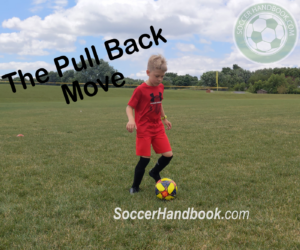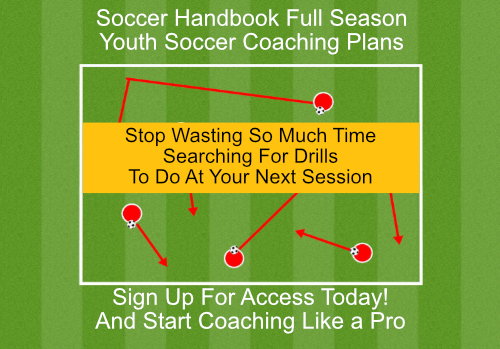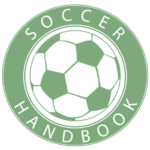Play-Practice-Play Soccer (PPP) is a training methodology used in youth soccer. For PPP, the session is divided into 3 segments: Play Phase 1 – Practice Phase – Play Phase 2. This training method allows coaches to introduce, teach, and implement the session topic.
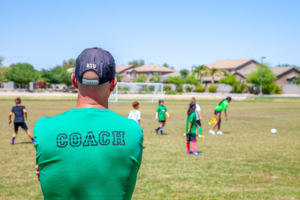
Play Phase 1: Introduce
As players arrive to the training session, begin to put them in teams and let them free play without interruption. As more players arrive, you can add them to the game. Coaches may choose to have two games of 3v3 going or one game of 6v6. These should be pickup-style games.
As players are arriving, you may be at 2v2, then as the next player arrives, it might go to 3v2, and as another arrives, it goes to 3v3, and so forth, and so on.
In Play Phase 1, this is the opportunity for the coach to introduce the topic of the session while the players are playing in a game-like situation. This is best done by coaching in the flow of the game. Without stopping the play, talk to players.
Try not to stop the game and coach the players in the flow of their game. During Play Phase 1, use the same coaching points to be used in the Practice Phase.
Practice Phase: Teach
In the practice phase, this is where you will teach players. This is where most coaching takes place, and players are instructed on what to do. If coaching points were introduced in play phase 1, the players will be familiar with them as you coach them.
During the practice phase, this is when you would use FREEZE moments. As you are in the exercise, you can use FREEZE moments to correct something wrong or show something the players had done well. In the practice phase is where players should do the most learning.
Play Phase 2: Implement
In the final play phase of the session, coaches can again choose to do one game with all players or two small-sided games. The best recommendation is to play one large game so that you can most closely create a true game.
During Play Phase 2, let the players show you what they learned. Give them the opportunity to try and do their own problem-solving in game-like situations, but if they struggle, go in and coach.
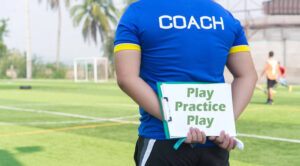
Set a watch for around 3-4 minutes, and during that 3-4 minutes, do not stop the game and avoid coaching as much as possible. Give the players the opportunity to implement what was worked on in the practice session.
After the initial 3-4 minutes, see what it is the players need and coach from that. The coaching intervention in Play Phase 2 can be done in a few ways. You can coach during the flow of the game to help guide players. Natural stoppages are also a good time to coach: ball out of bounds, after a goal, or during a break in play. You can also use a FREEZE moment to highlight a coaching point.
Why Use Play-Practice-Play?
The thing players most want to do is play. Players get to practice and get straight into having fun. Instead of a monotonous or unopposed warm-up each night, players arrive to practice excited to get playing. PPP is a great way to keep players enjoying practices throughout a full season.
PPP also allows coaches to informally introduce a session topic to players. So, while they are in Play Phase 1, they are hearing the coaching points to be used in the Practice Phase and then implemented in Play Phase 2.
The progression of PPP is a simple session structure for coaches to follow. If a team has a 90-minute practice, the coach looks at that and thinks, “How am I going to fill 90 minutes?” With Play-Practice-Play, soccer coaches need to plan for 45-60 minutes of practice. The rest is structured playing that can still be coached to match the session’s topic.
Who is PPP Soccer For?
PPP can be used at any level, but it is ideal for grassroots soccer. Grassroots soccer is lower-level travel or rec soccer. Players at this level are not playing on elite-level teams and are playing for the enjoyment of the game.
For the coaches, it provides an easy-to-follow session structure that can be repeated week after week. PPP is also a good way for coaches to “coach” the right amount. By having specific parts of the session where play is not stopped it helps coaches balance the amount of information they give.
It keeps the coach from stopping every incorrect moment and overcoaching by limiting stopping to specific parts of the session. Conversely, more experienced coaches can help new coaches who are unsure of what are the best moments to make coaching points.
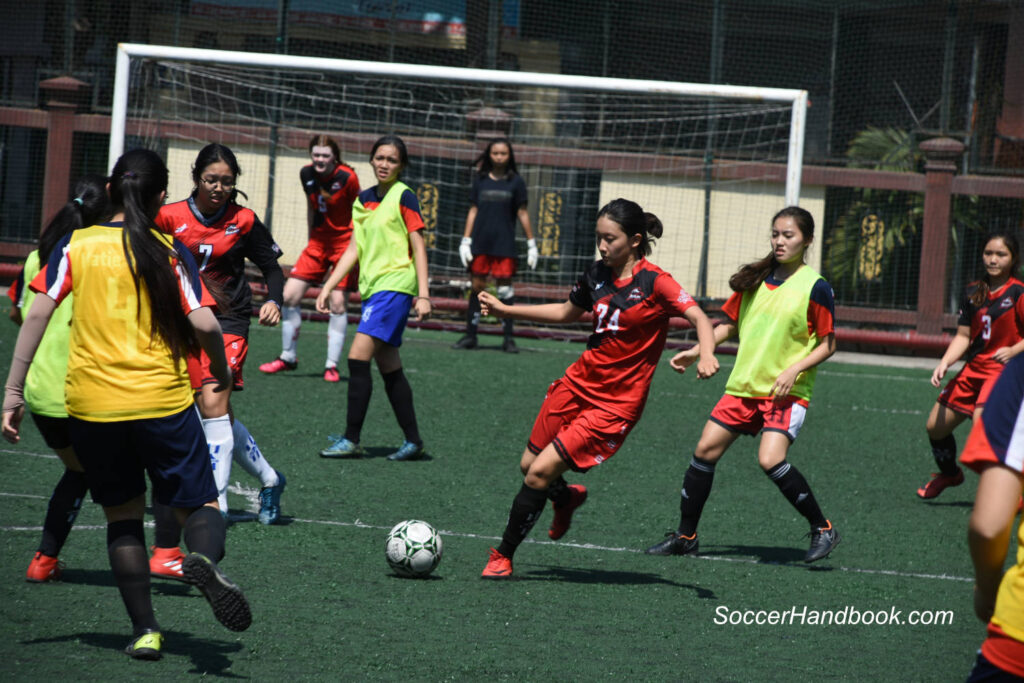
What are the benefits of Play-Practice-Play?
PPP is FUN for the players. If a coach can create an environment that is fun for players, that is what is most important. Play – Practice – Play is a great way to keep players wanting to play each season.
Often, the success of a coach at the grassroots level is not determined by their record. A better measurement of success from a season is how many players sign up to play again the next season. Using PPP is fun for the players, and if players are having fun, they will want to continue playing soccer.



